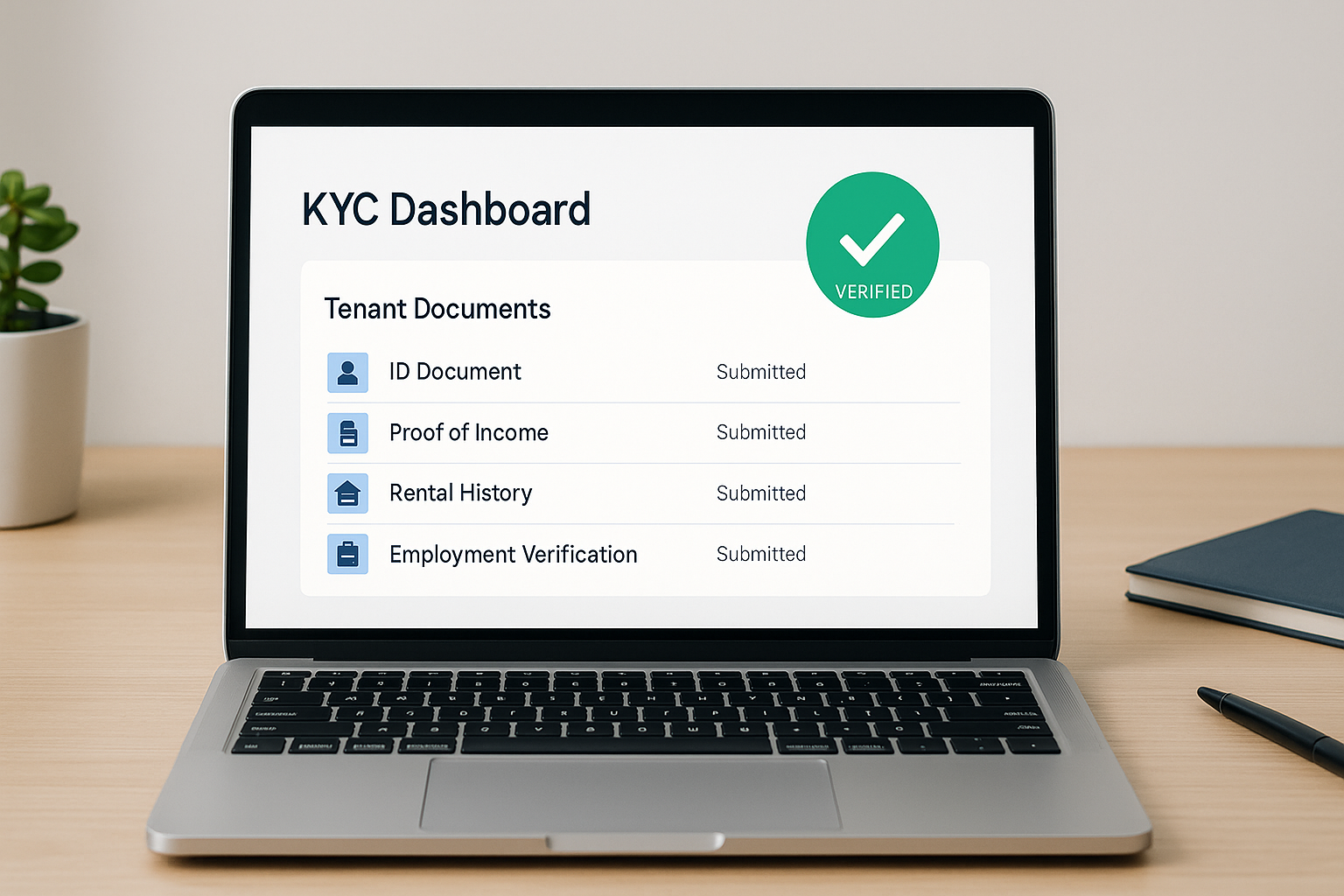
What Is Embedded Finance?

What is embedded finance? In a nutshell, embedded finance integrates financial services like insurance, payments, or lending options into the apps, platforms, and tools we already use. For example, “buy now, pay later” checkouts or product replacement insurance on a new pair of headphones. Aided by the growth of fintech, embedded finance is ‘having a moment’ for payments, checkouts, and purchasing decisions.
Instead of navigating away from their purchase to use a fintech app or banking platform, embedded finance allows customers to add services (like buy now pay later) right where they’re ready to pay.
Examples of embedded finance include:
- Payments split into instalments via platforms like Klarna
- Uber drivers getting paid via Branch
- A Shopify merchant getting instant access to credit based on their sales figures
- Paying in-app at Starbucks or in an online checkout via Apple Pay
- WeChat users buying stocks without a brokerage
The World Economic Forum says the embedded finance market is expected to reach $7.2 trillion by 2030. With so much potential, it’s important for industry players to know how, when, and where embedded finance has grown.
Core Segments of Embedded Finance
Embedded finance is an umbrella term and covers a variety of popular services. It includes:
- Payment processing: whether you’re offering banking via QR code bank transfers, Plaid connections, digital wallets or 1-Click checkouts on Amazon, embedded finance for payments has been around for a while – and for good reason! Embedded finance helps customers eliminate the need to re-enter their payment details or pull out their card, which is good for both customer and service.
- Lending: buy now pay later (BNPL) options have exploded in recent years, with 59% of Gen Z and 58% of Millennials using BNPL for essentials. Companies like Klarna, Afterpay, or Affirm offer embedded finance options that split customer’s payments up into installments; traditional banks and credit cards offer their own version of similar services like “Plan It” by American Express.
- Digital wallets: paying for coffee via the Starbucks app, Apple Pay Later, and Paysafe cards are all “wallet as a service” examples of embedded finance (as are Vbucks, Robux, or the balance in your sports betting account).
- Insurance: Embedding insurance into the point of sale is nothing new. Airlines add travel insurance to the price of a ticket, and concert tickets come with optional cancellation insurance. Anywhere there are potential losses, there are consumers who would rather be insured – and now, embedded finance options (like insuring the blender you just bought from Amazon) happen right at the checkout. According to Chubb, the market for Europe’s embedded insurance represents a $3 trillion dollar opportunity.
- Investments: consumers buying or selling stocks, ETFs, or crypto can use embedded finance tools like Wealthsimple or Robinhood to bypass traditional banks.
- Currency exchange features on tools like Wise or Revolut allow users to hold currencies, get paid, and make payments in real time, with transparent FX fees lower than traditional lenders.
- Tax calculations: business tools like Shopify, Stripe Tax, and QuickBooks use embedded finance to calculate sales tax automatically, eliminating the complex web of different state and country mandated tax codes.
With the global embedded finance market sitting over 83 billion USD in 2023 and expected to reach over 588 billion by 2030, we can’t wait to see what’s next for fintech. Embedded finance is an area where North American companies dominate, so there’s plenty of ‘home grown’ options available in both Canada and the USA – an exciting opportunity for both business and consumer alike!
Unstructured data can easily be indexed, sorted, filtered, and analyzed by Discrepancy AI
Start for Free









.png)

.png)
.png)

.png)

.png)

.png)
.png)


.png)

.png)
.png)
.png)
.png)





